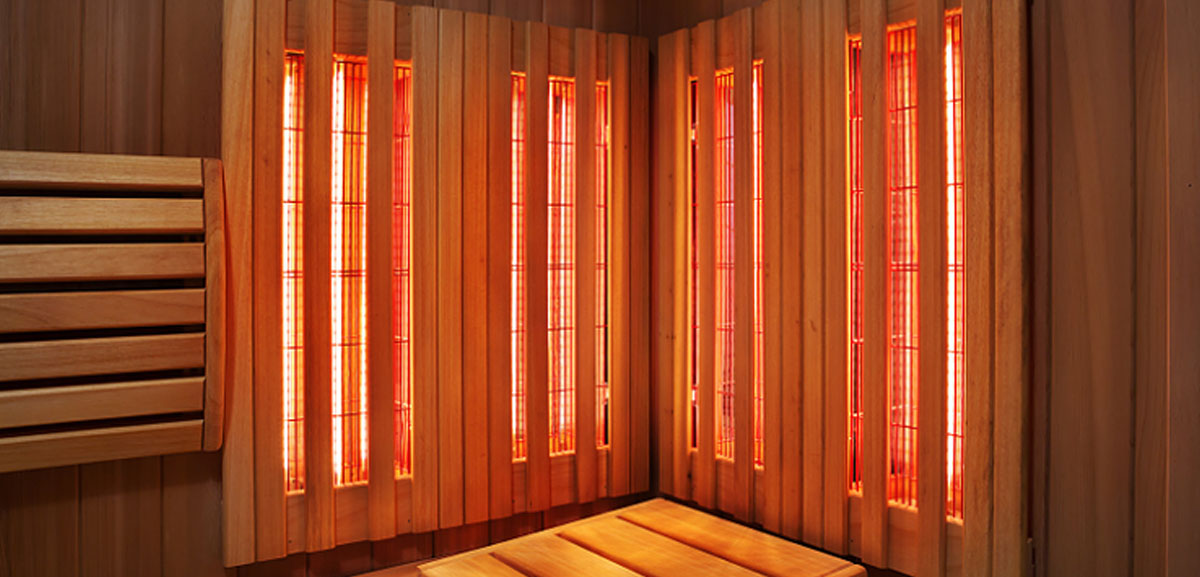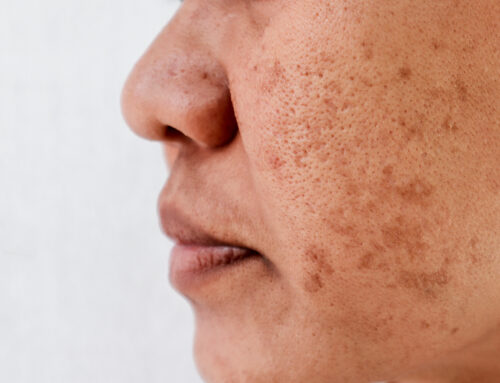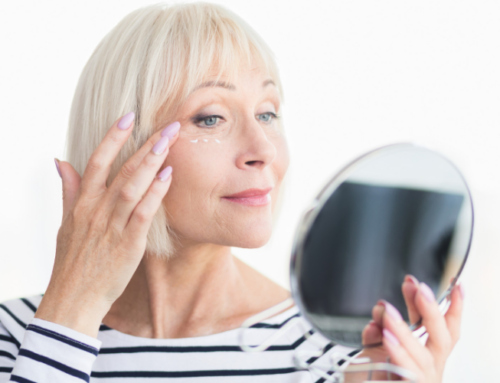Infrared saunas and devices for full body treatments are becoming popular, especially in gyms and spas. The claim is that infrared light, which is essentially heat, can relax sore muscles and increase the supply of oxygen throughout your body. However, there are good and bad aspects of using infrared light on your skin that you should know before trying one of these treatments.
The Good
Infrared radiation accounts for about 40 percent of the sun’s rays that reach the earth. While many studies have explored the detrimental effects of infrared radiation from the sun on human skin, fewer research has been done to examine the potential benefits. However, a 2016 paper published in the Journal of Photochemistry and Photobiology highlights some of the possible skin benefits of infrared radiation, which is perceived as heat by the human body.
The right intensity of infrared light, which is determined by its wavelength and duration, may actually have a healing effect by increasing the cell renewal process and stimulating anti-inflammatory cytokines. Optimal wavelengths of infrared light may also have an anti-aging effect on the skin by stimulating collagen.
This research emphasizes the importance of the right intensity and dosage of infrared light, as prolonged exposure to broad wavelengths of infrared radiation are known to have downsides as well.
The Bad
Intense infrared radiation, or heat, has been shown to be detrimental to the skin. Heat increases the production of melanocyte pigment within the skin, so it can worsen melasma and other skin pigmentation concerns. Additionally, intense infrared light can cause inflammation, which can set off a whole host of other skin problems.
Heat is also one of many factors, along with tobacco, pollution, stress, and sun exposure, that can worsen skin aging. When your skin is exposed to infrared radiation, it converts it into heat. During this process, your skin’s temperature can raise to more than 104ºF, when its normal temperature is around 92ºF. With this temperature increase, inflammatory cells are triggered and DNA damage results.
Researchers have even observed the aging effects of heat on bakers’ arms, which are exposed to heat from ovens on a regular basis, as well as facial aging on glassblowers.
Some sunscreens block infrared radiation now, such as SkinMedica Total Defence + Repair SPF 50+.
Bottom Line
The bottom line is that infrared radiation can be beneficial when used with the right intensity, although it can also be detrimental for certain skin types and when it is too intense. If you are going to try an infrared sauna, it’s a good idea to protect your skin with oral and topical antioxidants. Always take an antioxidant or eat a fruit high in antioxidants, such as blueberries, strawberries, and pomegranates, prior to using an infrared sauna.
If you have melasma or other skin pigmentation issues, do not use infrared saunas, as they can worsen these problems. If you still have questions about whether or not infrared might be worth trying for your skin type, feel free to contact our team at Baumann Cosmetic online, or call our Miami office at 305-532-5552.
You can also follow us on Facebook, Instagram, and YouTube to stay up-to-date on the latest skin care research and tips from Dr. Baumann, plus sign up for our newsletter by emailing info@derm.net.
©2018 Metabeauty, Inc.





